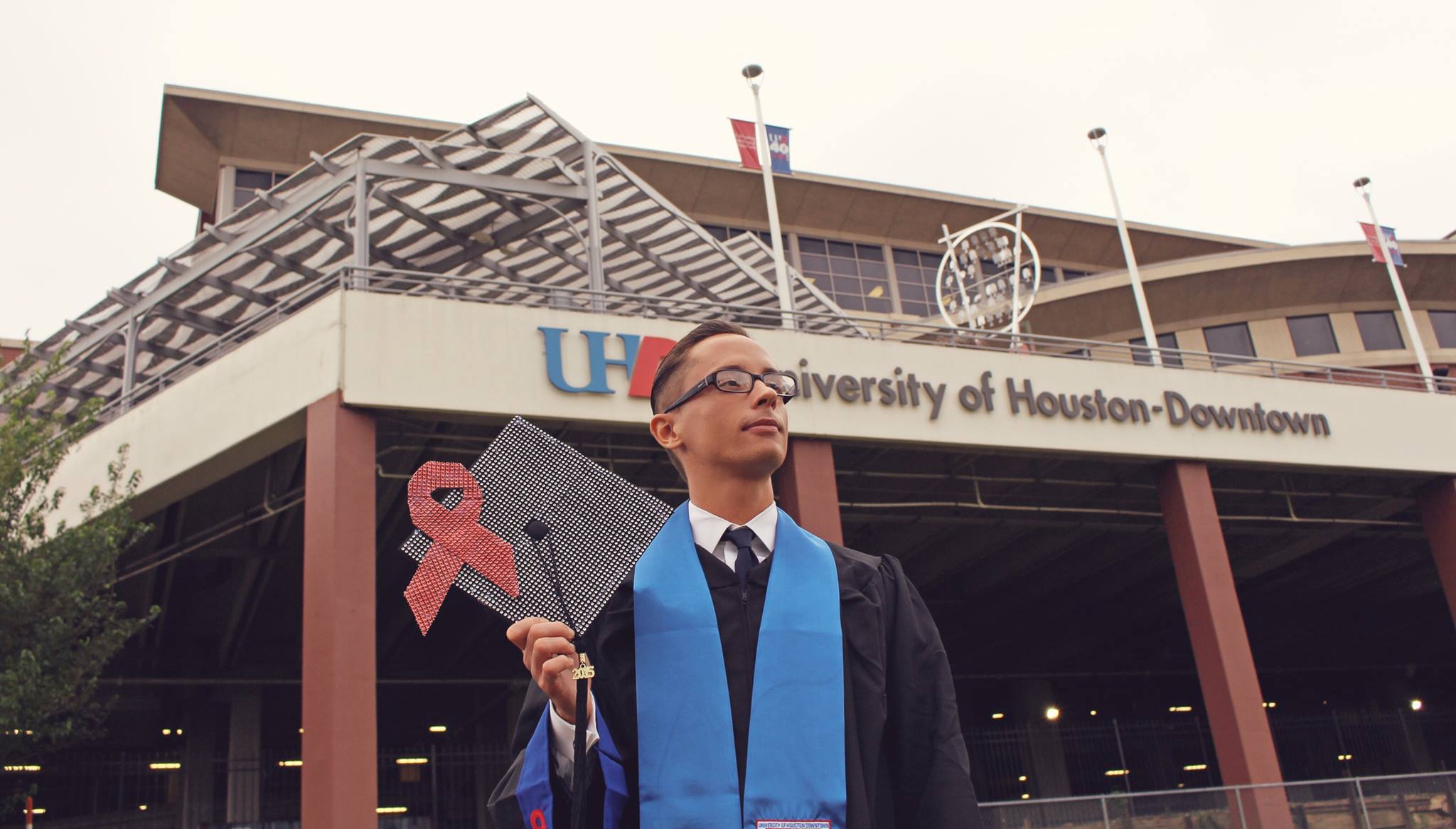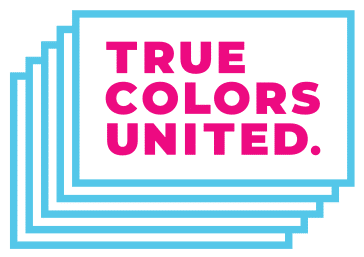
Higher education can serve as a real pathway out of homelessness. The U.S. Department of Education (DOE) just made that pathway a bit easier to navigate.
In a letter to Senator Patty Murray (D-WA), the DOE stated that it will change the text of the Free Application for Federal Student Aid (FAFSA) to make the process more feasible for young people not living with a parent or guardian. If a student has previously been identified by the government as unaccompanied, they will be able to automatically select that status each time they fill out the FAFSA. This helps streamline the process and removes significant barriers that often deter and prevent young people from receiving aid.
The DOE will also adopt a standard definition of “youth.”
“There was a big inconsistency in the policy because the Department of Education has defined youth, for homeless youth, as being 21 and under,” said Barbara Duffield, the Director of Policy and Programs at the National Association for the Education of Homeless Children and Youth. “But in order to get financial aid, you have to show parental income if you’re 24 and under.”
Under the old policy, young people had to prove their homeless status year after year, which is time-consuming, challenging, emotional, and (depending on their relationship with family) risky. Under the new policy, 22- and 23- year-olds who indicate that they are experiencing or at risk of experiencing homelessness are given a clearer path for determining their independent status.
The True Colors Fund applauds this important step in making a college education (and all the opportunities that come with it) a little more accessible to young people.
Sources: The Department of Education, TakePart.com
